ESA Commissioner Georgeina Whelan is flanked by ACT Rural Fire Service Chief Officer Rowan Scott. Photo: Michelle Kroll,
The Department of Defence needs to be more open with the community explaining the moments one year ago when the landing light of an Army MRH-90 helicopter ignited a bone-dry landscape of the Orroral Valley, according to the ACT Emergency Service Agency (ESA) Commissioner Georgeina Whelan.
In the minutes after the Orroral Valley fire began on 27 January 2020, every second counted but details are still emerging one year later about those first precious moments.
When Commissioner Whelan and ACT Rural Fire Service (RFS) Chief Officer Rowan Scott sat with Region Media to discuss how they and the Canberra community are moving on from the bushfire emergency, she said it was not unreasonable for the community to ask questions about the events of 12 months ago.

Photos of the start of the Orroral Valley fire taken from the helicopter which accidentally started the blaze. Photo: Department of Defence via ABC.
There has been intense scrutiny placed on Defence and the ESA following the publication of images showing the start of the fire, and it took more than a week after the fire began before both organisations spoke about how the Orroral Valley fire started.
Defence has also been silent regarding scrutiny of the helicopter crew for not immediately reporting the fire. However, Commissioner Whelan countered that the Army helicopter crew had the best of intentions in their actions after the fire began.
“It’s not unreasonable for the community to ask questions about how the fire started, but it’s also up to Defence to be able to respond to the community,” Commissioner Whelan said this week.
“I can have my view as a commissioner, but I think Defence needs to be open to responding to the line of enquiry from the community.
“If we were to undertake these operational scenarios with Defence in the future, there would need to be some kind of understanding about their protocols for communication and the need to act accordingly, based on the lessons we’ve all learnt from last season.”
Commissioner Whelan also spoke about the little-known facts surrounding the tasking of the Army helicopter, which was requested by the ESA to scope additional landing zones in the area, given the severity of bushfires such as the Mary’s Hill fire, west of the ACT border.
“Defence had undertaken this task with the best of intentions, and they had undertaken similar tasks earlier in the season that were uneventful. I just don’t think anyone could have ever foreseen this occurring,” she said.

The Orroral Valley fire on 27 January 2020 from Canberra. Photo: ESA.
ACT RFS Chief Rowan Scott is more concerned with the 19 minutes from when fire spotters in remote towers first saw large plumes of smoke in the Orroral Valley. He said nothing in those 19 minutes would have changed the spread of the fire.
“Our processes worked, and we had units activated within the first couple of minutes and also aviation resources,” Mr Scott said. “How it started is irrelevant to us. We followed all our procedures and they all worked seamlessly.
“The fire had a potential rate of spread of about 2.3 km per hour. The point of ignition was very difficult to access so crews wouldn’t have been able to get vehicles in there.
“I know the word ‘unprecedented’ gets used a lot, but that’s exactly what we were experiencing with this fire.”
The ESA Commissioner and RFS Chief both said the first anniversary of the Orroral Valley fire presents an opportunity to reflect and move on for the community and all involved in the month-long campaign.
Mr Scott said RFS volunteers received more than five years’ worth of firefighting experience during the Black Summer fires, while the COVID-19 pandemic has also provided the opportunity for them to have a well-earned break while completing online training.
“We’ve got more than 400 people now waiting to join the RFS and more than 12 months of training forecast to upskill our RFS members,” he said. “Morale is very high at the moment, and I’m extremely thankful for the volunteers and staff of all our agencies.”
Twelve months after the Orroral Valley fire, Commissioner Whelan says she continues to reflect on what the fire meant to Canberra’s emergency services.
“We’ll be heading to the southern suburbs of Canberra on Wednesday (27 January) as part of our own reflection process, but what I’m most proud of is how people have continued to evolve and develop the agency based on our lessons learned.”


















